Apollo Samples Reveal Incredible Connection Between The Sun And Moon
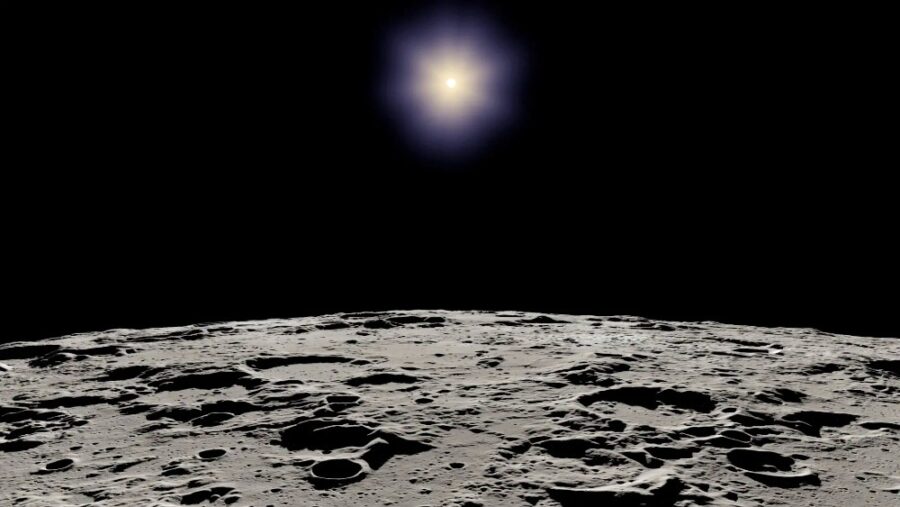
The sun and the moon are two of the biggest visible objects in our sky, but it turns out the connection goes deeper than that. The US Naval Research Laboratory recently made the groundbreaking discovery that lunar rocks contain hydrogen, which is trapped in detectable quantities from solar wind. The solar wind reaching the lunar surface causes a sort of space weathering in minerals like minerals apatite and merrillite (via Science Alert).
Water And Space Travel
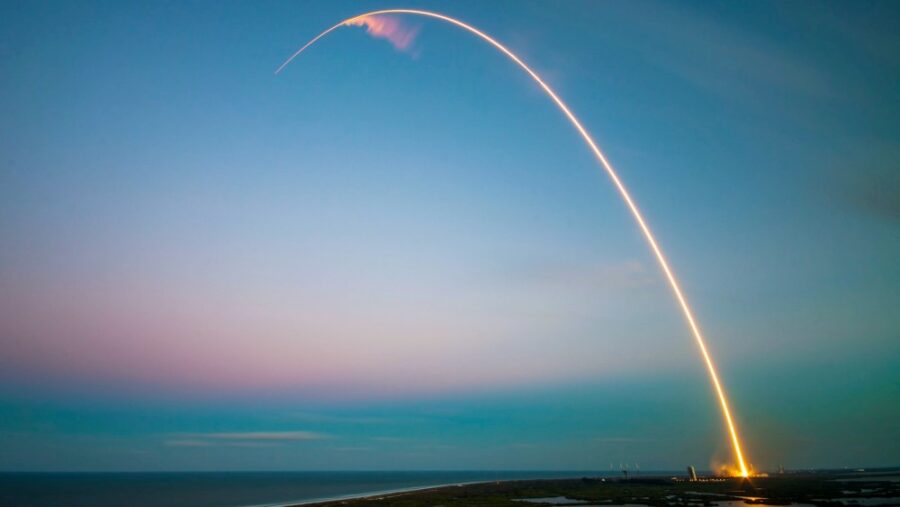
Of course, this discovery means more than just a neat connection between the sun and the moon, as it could have important implications for the future of humanity’s ventures into the stars. Humans need plenty of water to stay alive and hydrated, especially when conducting research in an environment like space. Unfortunately, one of our most important resources needed for survival is pretty hard to come by outside of our own planet.
The Sun And Moon Connection Could Solve The Water Problem
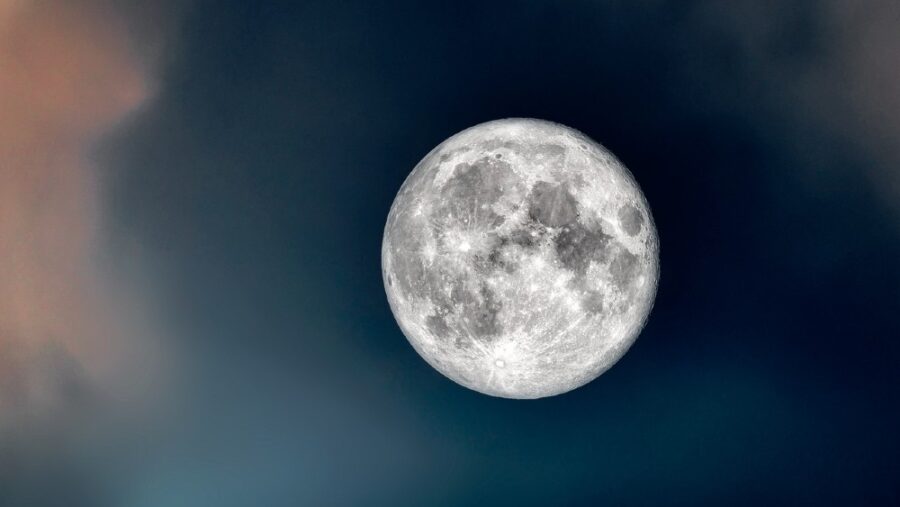
To venture out on long space missions, spacecraft need to be able to have enough water to sustain the life of the humans onboard. While water recycling is a viable solution, it’s often limited to how much it can recycle in a given amount of time and the weight of carrying enough water can also provide a challenge. As our potential journeys to the stars get longer, this connection between the sun and moon could end up providing us with a potential solution for sustainable water supplies.
Hydrogen On The Moon From Solar Wind
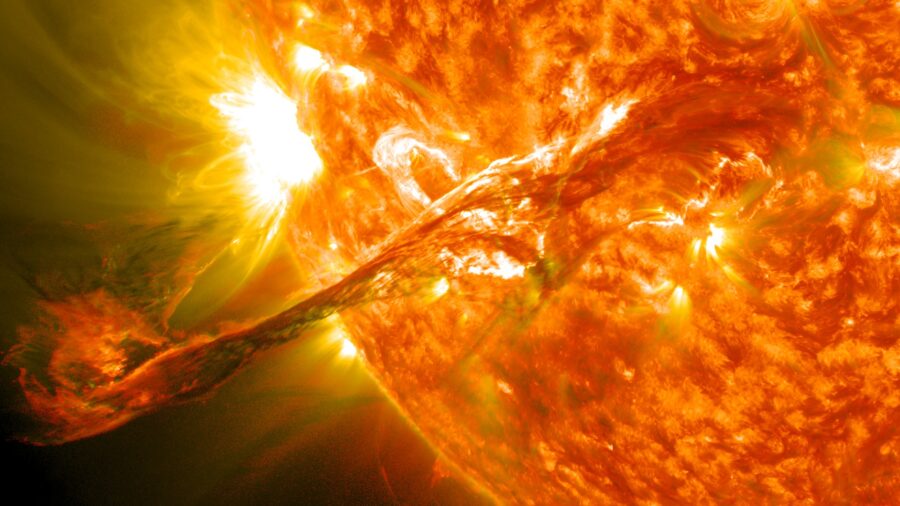
The solar wind captured by the moon rocks leads to the supply of hydrogen, which future moon explorers would be able to combine with lunar oxygen as a potential water supply. This means lighter loads of water on spacecraft and an easier route to establishing permanent bases on the moon. A lunar base could also theoretically act as a sort of space convenience store, allowing explorers going beyond the moon to stop by and top off water and other necessities that could be held at the lunar base.
The study conducted by the US Naval Research Laboratory was made possible by the Apollo program, which brought back 382 kilograms of lunar rocks that scientists could study. The team was led by Katherine D. Burgess and team members Brittany A. Cymes and Rhonda M. Stroud, who used electron microscopy to study the lunar sample 79221. This is how they were able to find that the hydrogen from the sun’s solar winds was being captured by the moon.
How Hydrogen Ended Up In Lunar Rocks
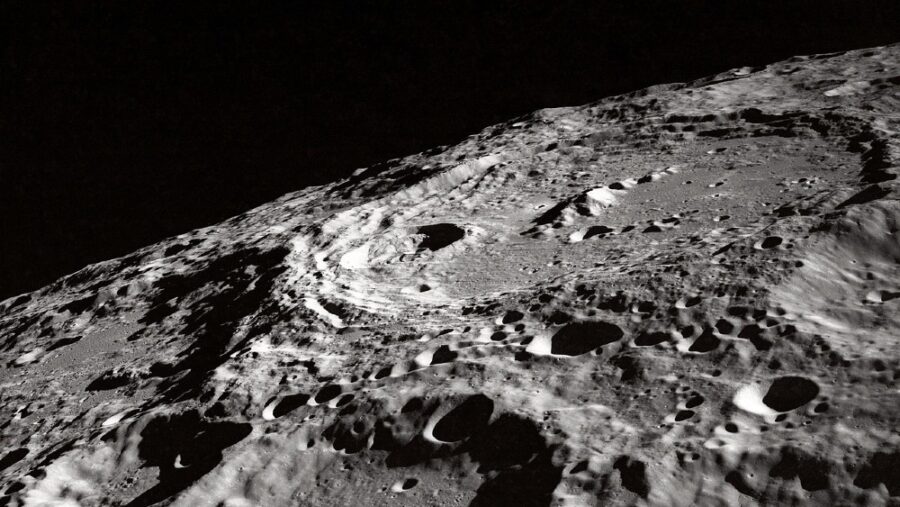
Electron microscopy works by using a particle beam of electrons to visualize specimens at a highly magnified level. When looking at apatite and merrillite using these microscopy techniques, the discovery was made. The sun hits the moon with these charged particles traveling at speeds of up to 1.6 million km per hour, which weathers the rocks and gets them trapped in small holes formed during the cooling of lava.
The Moon Race

There are big plans for moon exploration in the near future, with multiple countries hoping to establish a base and NASA planning on sending a crewed mission as soon as 2024. This relationship between the sun and the moon should mean that these missions could be easier in the future, especially when we plan on going beyond to planets like Mars.












